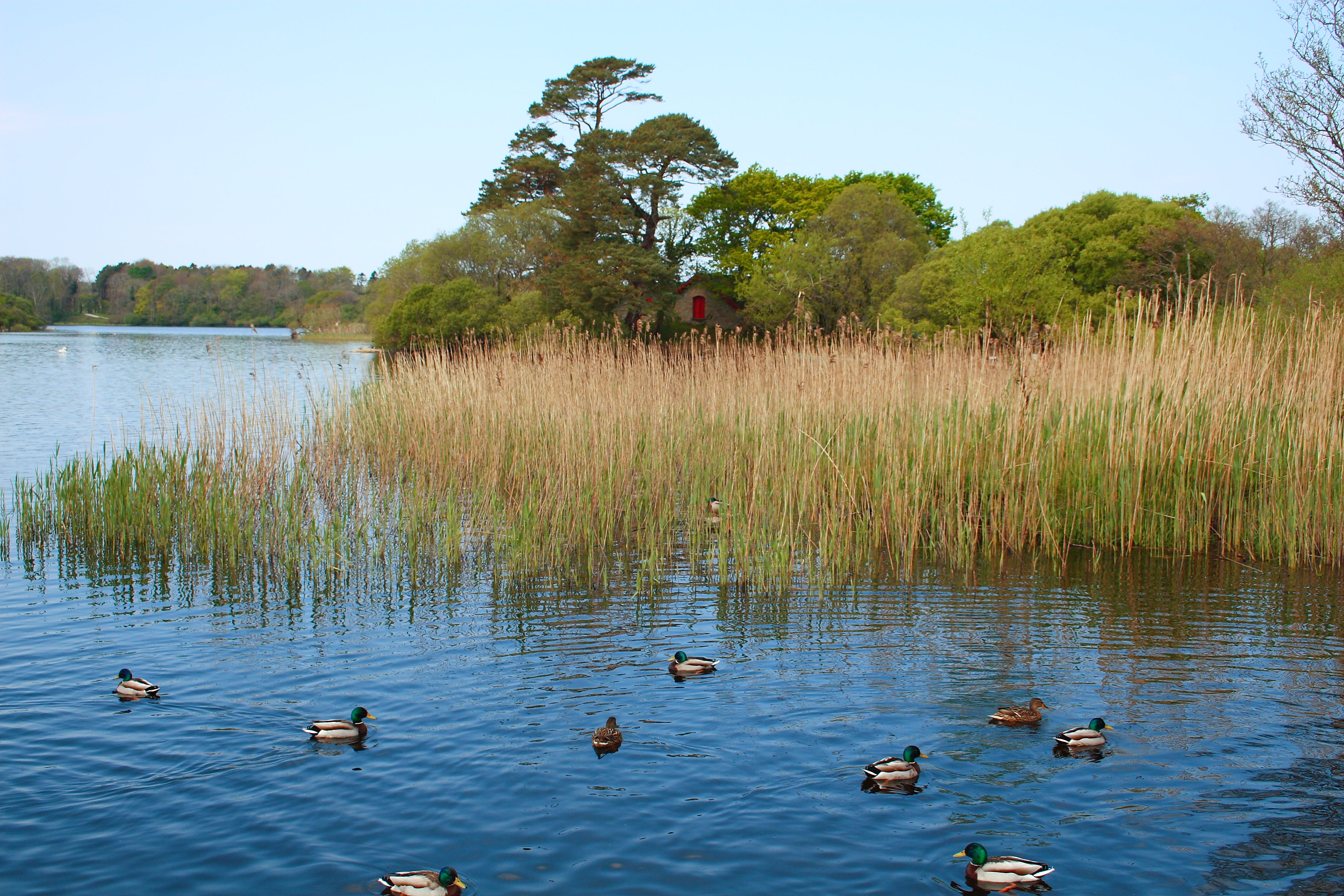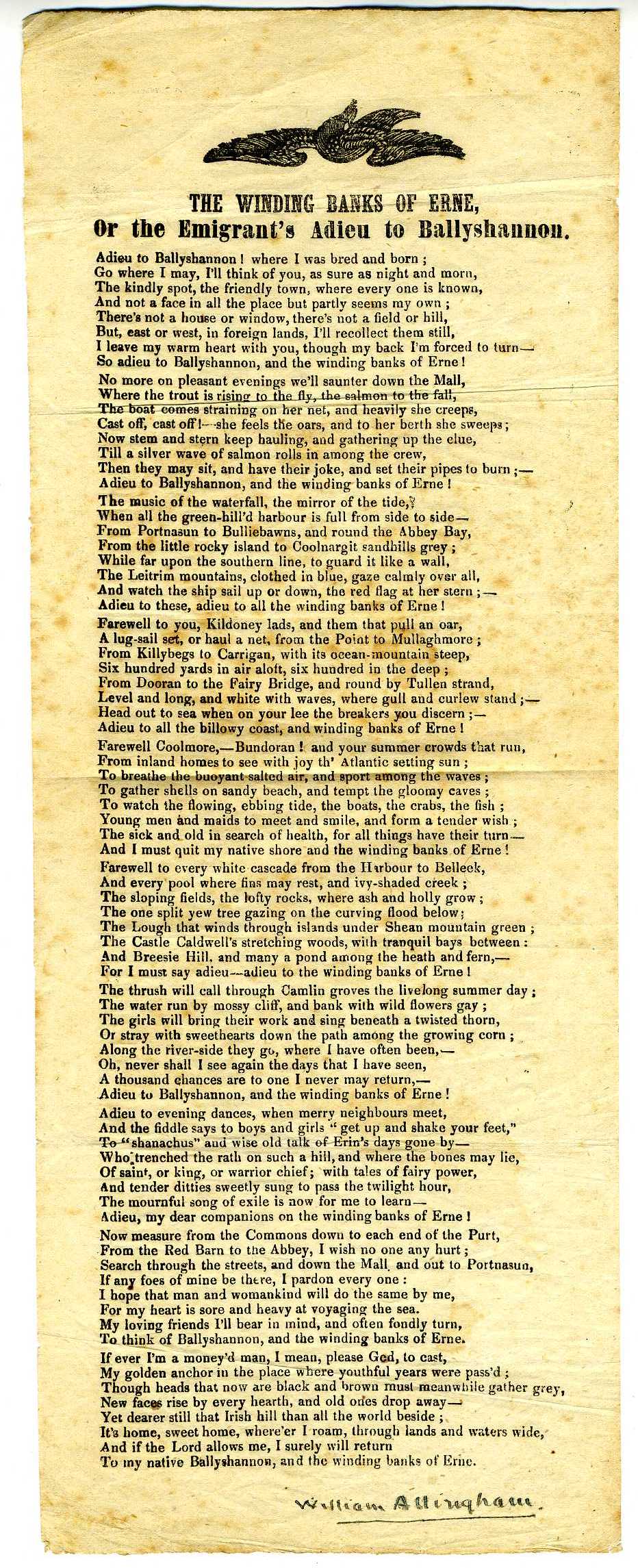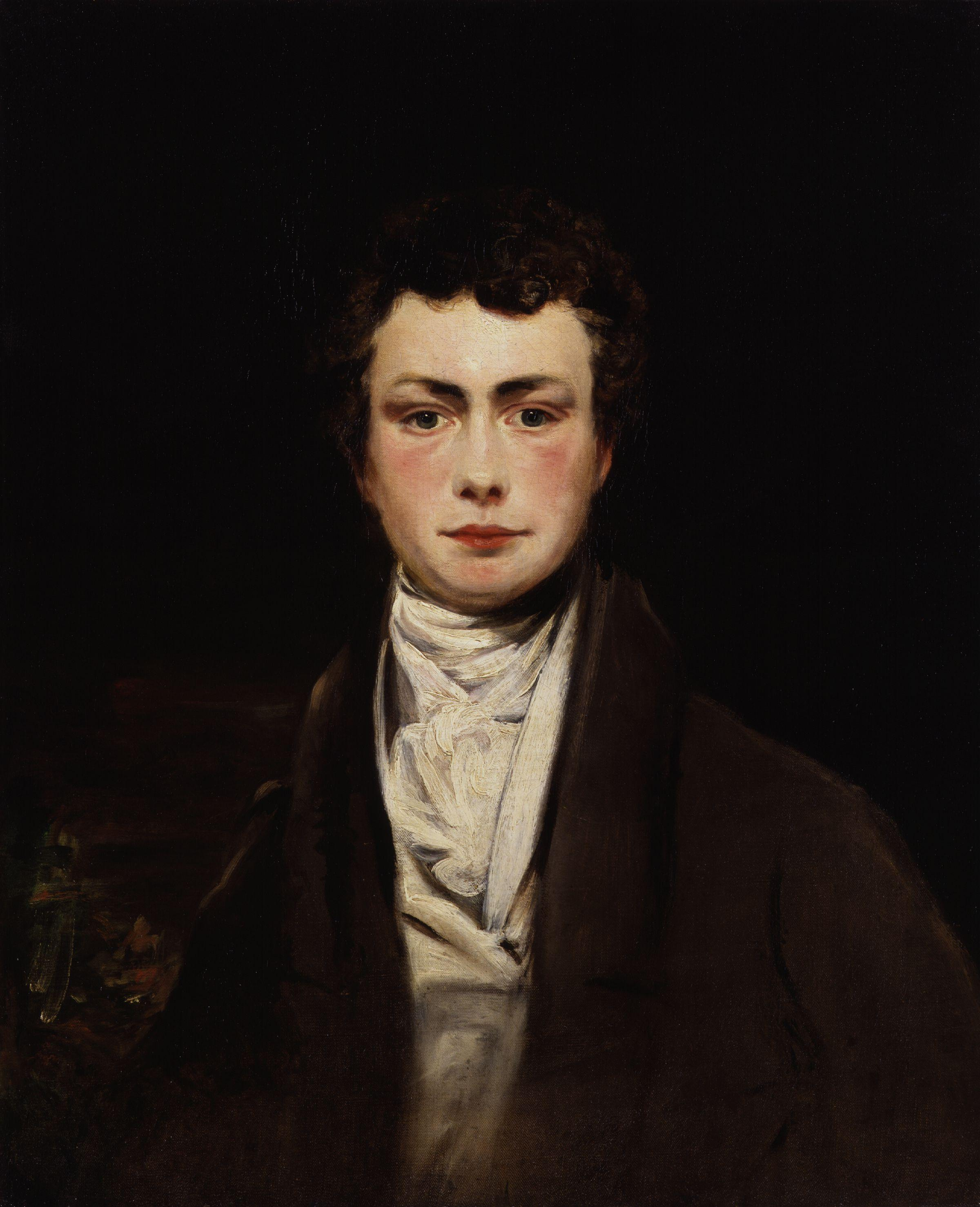|
Innisfallen Island
Innisfallen ( ) or Inishfallen (from ga, Inis Faithlinn , meaning 'Faithlinn's island') is an island in Lough Leane; one of the three Lakes of Killarney in County Kerry, Republic of Ireland, Ireland. Innisfallen is home to the ruins of Innisfallen Abbey. Geography Innisfallen is situated about the midway in Lough Leane, County Kerry. The island is some in area, mostly wooded, with undulating hills and many slopes. It lies within the Killarney National Park. Access It is possible for tourists to visit the island during the summer months, with boats leaving from Ross Castle throughout the day. History Innisfallen is home to the ruins of Innisfallen Abbey, one of the most impressive archaeological remains dating from the early Christian period. The monastery was founded in 640 by Saint Finian and was occupied for approximately 950 years. Over a period of about 300 of these, the monks wrote the Annals of Innisfallen, which chronicle the early history of Ireland as it was ... [...More Info...] [...Related Items...] OR: [Wikipedia] [Google] [Baidu] |
Lough Leane
Lough Leane (; ) is the largest of the three lakes of Killarney, in County Kerry. The River Laune flows from the lake into the Dingle Bay to the northwest. Etymology and history The lake's name means "lake of learning" probably in reference to the monastery on Innisfallen, an island in the lake. Innisfallen was a centre of scholarship in the early Middle Ages, producing the ''Annals of Innisfallen'' and, according to legend, educating King Brian Boru. Another historic site, the tower house Ross Castle sits on Ross Island in the lake. Ross Island is rich in copper. Archaeological evidence suggests the island has been mined since the time of the Bronze Age Beaker People.J. P. N. Northover, W. O'Brien and S. Stos. "Lead Isotopes and Metal Circulation In Beaker/Early Bronze Age Ireland." ''The Journal of Irish Archaeology'' Vol. 10, (2001), pp. 25-47. Wordwell Ltd. Stable URL: https://www.jstor.org/stable/30001669 Geography Lough Leane is approximately in size. It is also the la ... [...More Info...] [...Related Items...] OR: [Wikipedia] [Google] [Baidu] |
Irish Language
Irish ( Standard Irish: ), also known as Gaelic, is a Goidelic language of the Insular Celtic branch of the Celtic language family, which is a part of the Indo-European language family. Irish is indigenous to the island of Ireland and was the population's first language until the 19th century, when English gradually became dominant, particularly in the last decades of the century. Irish is still spoken as a first language in a small number of areas of certain counties such as Cork, Donegal, Galway, and Kerry, as well as smaller areas of counties Mayo, Meath, and Waterford. It is also spoken by a larger group of habitual but non-traditional speakers, mostly in urban areas where the majority are second-language speakers. Daily users in Ireland outside the education system number around 73,000 (1.5%), and the total number of persons (aged 3 and over) who claimed they could speak Irish in April 2016 was 1,761,420, representing 39.8% of respondents. For most of recorded ... [...More Info...] [...Related Items...] OR: [Wikipedia] [Google] [Baidu] |
Uninhabited Islands Of Ireland
The list of uninhabited regions includes a number of places around the globe. The list changes year over year as human beings migrate into formerly uninhabited regions, or migrate out of formerly inhabited regions. List As a group, the list of uninhabited places are called the "nonecumene". This is a special geography term which means the uninhabited area of the world. * Virtually all of the Ocean *Virtually all of Antarctica *Most of The Arctic *Most of Greenland *Most of The Sahara * Antipodes Islands * Ashmore and Cartier Islands * Bajo Nuevo Bank * Baker Island * Ball's Pyramid * Balleny Islands * Big Major Cay * Bouvet Island * Much of the interior of Brazil * Caroline Island * Clipperton Island * The semi-arid regions and deserts of Australia * Devon Island * Much of Eastern Oregon * Elephant Island * Elobey Chico * Ernst Thälmann Island * Much of Fiordland, New Zealand * Goa Island * Gough Island * Hans Island * Harmil * Hashima Island * Hatutu * Heard Island and ... [...More Info...] [...Related Items...] OR: [Wikipedia] [Google] [Baidu] |
Lake Islands Of Ireland
A lake is an area filled with water, localized in a basin, surrounded by land, and distinct from any river or other outlet that serves to feed or drain the lake. Lakes lie on land and are not part of the ocean, although, like the much larger oceans, they do form part of the Earth's water cycle. Lakes are distinct from lagoons, which are generally coastal parts of the ocean. Lakes are typically larger and deeper than ponds, which also lie on land, though there are no official or scientific definitions. Lakes can be contrasted with rivers or streams, which usually flow in a channel on land. Most lakes are fed and drained by rivers and streams. Natural lakes are generally found in mountainous areas, rift zones, and areas with ongoing glaciation. Other lakes are found in endorheic basins or along the courses of mature rivers, where a river channel has widened into a basin. Some parts of the world have many lakes formed by the chaotic drainage patterns left over from the last ice ... [...More Info...] [...Related Items...] OR: [Wikipedia] [Google] [Baidu] |
Islands Of County Kerry
An island (or isle) is an isolated piece of habitat that is surrounded by a dramatically different habitat, such as water. Very small islands such as emergent land features on atolls can be called islets, skerries, cays or keys. An island in a river or a lake island may be called an eyot or ait, and a small island off the coast may be called a holm. Sedimentary islands in the Ganges delta are called chars. A grouping of geographically or geologically related islands, such as the Philippines, is referred to as an archipelago. There are two main types of islands in the sea: continental and oceanic. There are also artificial islands, which are man-made. Etymology The word ''island'' derives from Middle English ''iland'', from Old English ''igland'' (from ''ig'' or ''ieg'', similarly meaning 'island' when used independently, and -land carrying its contemporary meaning; cf. Dutch ''eiland'' ("island"), German ''Eiland'' ("small island")). However, the spelling of the word ... [...More Info...] [...Related Items...] OR: [Wikipedia] [Google] [Baidu] |
Archaeological Sites In County Kerry
Archaeology or archeology is the scientific study of human activity through the recovery and analysis of material culture. The archaeological record consists of artifacts, architecture, biofacts or ecofacts, sites, and cultural landscapes. Archaeology can be considered both a social science and a branch of the humanities. It is usually considered an independent academic discipline, but may also be classified as part of anthropology (in North America – the four-field approach), history or geography. Archaeologists study human prehistory and history, from the development of the first stone tools at Lomekwi in East Africa 3.3 million years ago up until recent decades. Archaeology is distinct from palaeontology, which is the study of fossil remains. Archaeology is particularly important for learning about prehistoric societies, for which, by definition, there are no written records. Prehistory includes over 99% of the human past, from the Paleolithic until the advent of ... [...More Info...] [...Related Items...] OR: [Wikipedia] [Google] [Baidu] |
The Catholic Encyclopedia
The ''Catholic Encyclopedia: An International Work of Reference on the Constitution, Doctrine, Discipline, and History of the Catholic Church'' (also referred to as the ''Old Catholic Encyclopedia'' and the ''Original Catholic Encyclopedia'') is an English-language encyclopedia published in the United States and designed to serve the Catholic Church. The first volume appeared in March 1907 and the last three volumes appeared in 1912, followed by a master index volume in 1914 and later supplementary volumes. It was designed "to give its readers full and authoritative information on the entire cycle of Catholic interests, action and doctrine". The ''Catholic Encyclopedia'' was published by the Robert Appleton Company (RAC), a publishing company incorporated at New York in February 1905 for the express purpose of publishing the encyclopedia. The five members of the encyclopedia's Editorial Board also served as the directors of the company. In 1912 the company's name was changed to ... [...More Info...] [...Related Items...] OR: [Wikipedia] [Google] [Baidu] |
List Of Abbeys And Priories In The Republic Of Ireland
This is a list of the abbeys, priories, friaries and other monastic religious houses in Ireland. This article provides a gazetteer for the whole of Ireland. Links to individual county lists ''To navigate the listings on this page, use the map or the table of contents. Alternatively, for listings which include the geographical coordinates and online references specific to the listed establishments, or if the entire listing is difficult to navigate, follow the links here (these links are also provided in the headings to each county in the main listing on this page):'' Overview Article layout The list is presented alphabetically by County. Foundations are listed alphabetically within each county. Communities/provenance: shows the status and communities existing at each establishment, together with such dates as have been established as well as the fate of the establishment after dissolution, and the current status of the site. Formal Name or Dedication: shows the form ... [...More Info...] [...Related Items...] OR: [Wikipedia] [Google] [Baidu] |
Feis Ceoil
Feis Ceoil ( ; "Festival of Music") is an Irish music organisation which holds an annual competitive festival of classical music. It was first organised in Dublin in 1897 by Dr. Annie Patterson and Edward Martyn for the purpose of stimulating musical studies in Ireland and encouraging native performers and composers. It was a result of the general Gaelicising programme of the Gaelic League. It consisted of competitions for performance and composition and was supported by all musicians of the day, both traditional and classical. Prizes aggregating £800 were distributed among the successful competitors. Since those early years, the Feis Ceoil has undergone many changes to accommodate the development of music in Ireland. It has expanded to more than 185 competitions in all instruments, including voice, and covering all ages from 7 years upwards. Famous competitors over the festival's history include tenor John McCormack, author James Joyce (as a singer), tenor Finbar Wright, broadca ... [...More Info...] [...Related Items...] OR: [Wikipedia] [Google] [Baidu] |
Geoffrey Molyneux Palmer
Geoffrey Molyneux Palmer (, 8 October 1882 – 29 November 1957) was an Irish composer, mainly of operas and vocal music, among them the first musical settings of poems by James Joyce. Biography Palmer was born of Protestant Irish parents in Staines, Middlesex (England). He grew up in South Woodford, near London, where his father, Abram Smythe Palmer, was vicar at Holy Trinity Church. He studied at Oxford where, in 1901, he was the youngest Bachelor of Music in college history. Between 1904 and 1907 he studied composition with Charles V. Stanford at the Royal College of Music, London. He moved to Ireland in 1910 where he was initially active as a church organist in Dublin suburbs. From his early twenties he suffered from multiple sclerosis, which made a professional independence increasingly difficult. In the last decades of his life, Palmer was confined to a wheelchair and depended upon the care of his two sisters, who were running Hillcourt, a private girls' boarding school i ... [...More Info...] [...Related Items...] OR: [Wikipedia] [Google] [Baidu] |
William Allingham
William Allingham (19 March 1824 – 18 November 1889) was an Irish poet, diarist and editor. He wrote several volumes of lyric verse, and his poem "The Faeries" was much anthologised. But he is better known for his posthumously published ''Diary'', in which he records his lively encounters with Tennyson, Carlyle and other writers and artists. His wife, Helen Allingham, was a well-known watercolourist and illustrator.I. Ousby (ed.): ''The Cambridge Guide to Literature in English'' (1995), p. 18. Biography William Allingham was born on 19 March 1824 in Ballyshannon, a small town in the south of County Donegal in Ulster in the north of Ireland, which is now in the Republic of Ireland. He was the son of the manager of a local bank who was of English descent.D. Daiches (ed.): ''The Penguin Companion to Literature 1'' (1971), p. 19. His younger brothers and sisters were Catherine (born 1826), John (born 1827), Jane (born 1829), Edward (born 1831, and lived only a few months) and a st ... [...More Info...] [...Related Items...] OR: [Wikipedia] [Google] [Baidu] |
Thomas Moore
Thomas Moore (28 May 1779 – 25 February 1852) was an Irish writer, poet, and lyricist celebrated for his ''Irish Melodies''. Their setting of English-language verse to old Irish tunes marked the transition in popular Irish culture from Irish to English. Politically, Moore was recognised in England as a press, or " squib", writer for the aristocratic Whigs; in Ireland he was accounted a Catholic patriot. Married to a Protestant actress and hailed as "Anacreon Moore" after the classical Greek composer of drinking songs and erotic verse, Moore did not profess religious piety. Yet in the controversies that surrounded Catholic Emancipation, Moore was seen to defend the tradition of the Church in Ireland against both evangelising Protestants and uncompromising lay Catholics. Longer prose works reveal more radical sympathies. The ''Life and Death of Lord Edward Fitzgerald'' depicts the United Irish leader as a martyr in the cause of democratic reform. Complementing Maria Edgewort ... [...More Info...] [...Related Items...] OR: [Wikipedia] [Google] [Baidu] |





.jpg)



